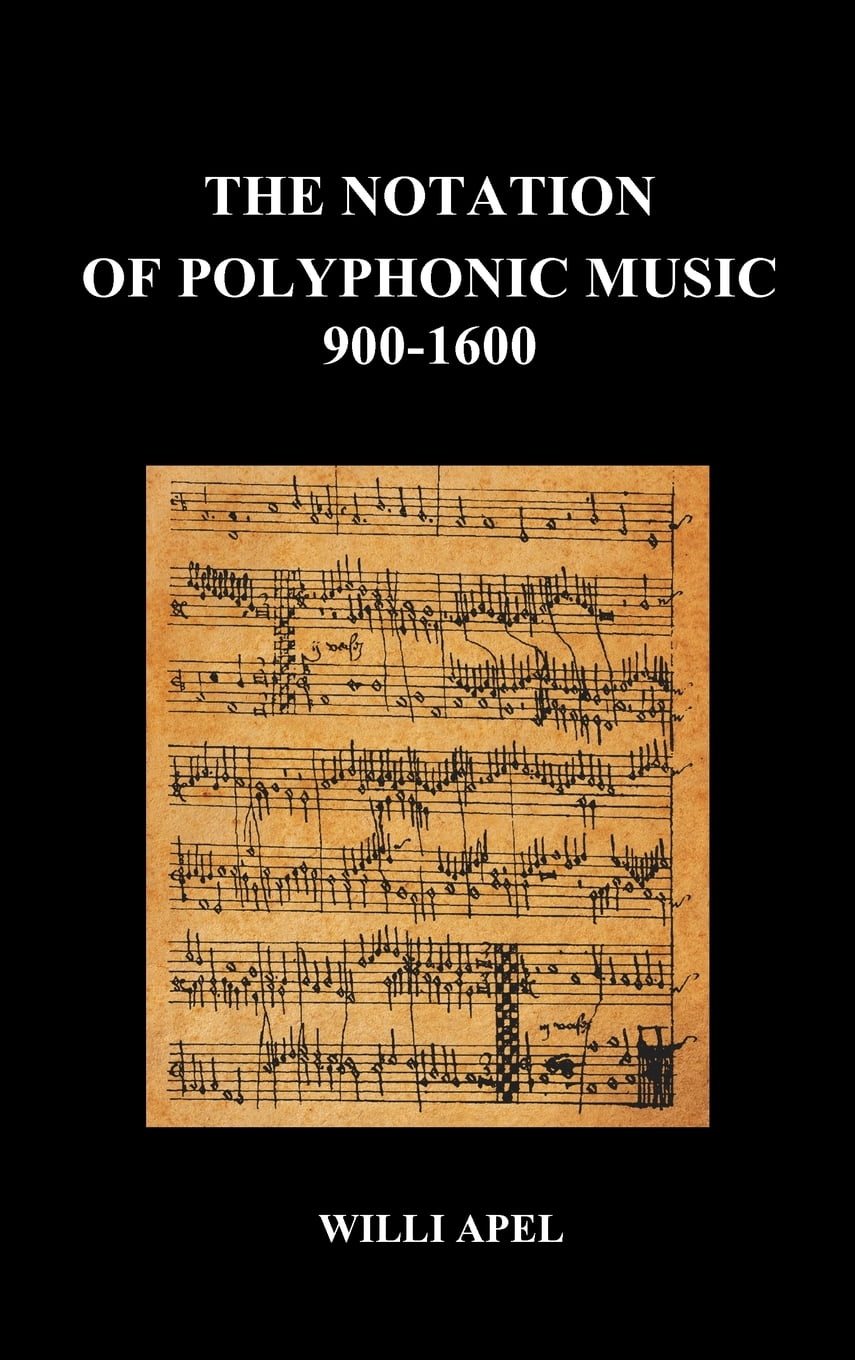


Homophony is a musical texture with many notes, but they follow the same rhythm, shown by having one clear melodic line that draws your attention.Īll the other parts form a harmony to provide accompaniments. However, there is one common form of heterophony that you may know, which is Bluegrass music. This type of texture is not used often in western music we find it more commonly in eastern music.

Heterophony is a variation of monophony with an embellishment of the secondary melody. Heterophony is a musical texture with the same melodic line’s simultaneous performance, with slight individual variations, by two or more performers ( source). It is the base of musical texture, and the rest builds over this layer. There is no harmony it is very basic, and it is either played by one instrument or sung by one voice but all at the same rhythm and tempo in unison. Monophony is a musical texture with a single melody line. Let us go into more detail to help us understand these textures. There are four musical textures known in music: monophony, heterophony, polyphony, and homophony. Musical texture can also range from one dimensional to multidimensional ( source). We can conceive of musical texture as the density or thickness of a musical piece, showing the range between the lowest and highest pitches. Musical texture is the layering of a musical piece it can have one layer or multiple layers, which will build the texture and quality of a song. Harmony plays a role in the music’s feel, often displaying the song’s emotion, either the composer’s feelings or those the composer wants the listener to feel. Harmonies do not draw your attention away from the melody they merely build a texture behind it, adding substance to the piece of music.Ĭords often build up harmonies, and chords are multiple pitches played at once. HarmonyĪ harmony is supporting pitches that accompany a melody.
#Example of polyphonic music series#
The melody is the frame of a song built by a series of individual notes/pitches strung together, forming the most prominent layer in a piece of music by being louder, more dynamic, and having a higher pitch than the harmony. MelodyĪ melody is the fundamental element of music. We refer to beat as tempo, pulse, and meter.Ī beat happens when you have the main beat and an opposing beat with a different sound, which you perform using high and low drum beats or long and short beats. Rhythm builds on the beat, and both are always related to each other ( source).Īs an interesting side note, in Greek, rhythmos means “to flow.” BeatĪ beat is the unit of time we use in a piece of music, and it is the steady and regular pulse we hear in music. Rhythm does not have to be regular and evenly spaced as with a beat, so we understand rhythm as the movement of music through time. Each measure satisfies the staff’s specific time signature, and we know this time signature as the beat. We can discern the pitch based on where the note is on the staff, and we know what rhythm to play by what type of note it is in the measure.Ī measure is the section of music that comes between two bar lines.


 0 kommentar(er)
0 kommentar(er)
